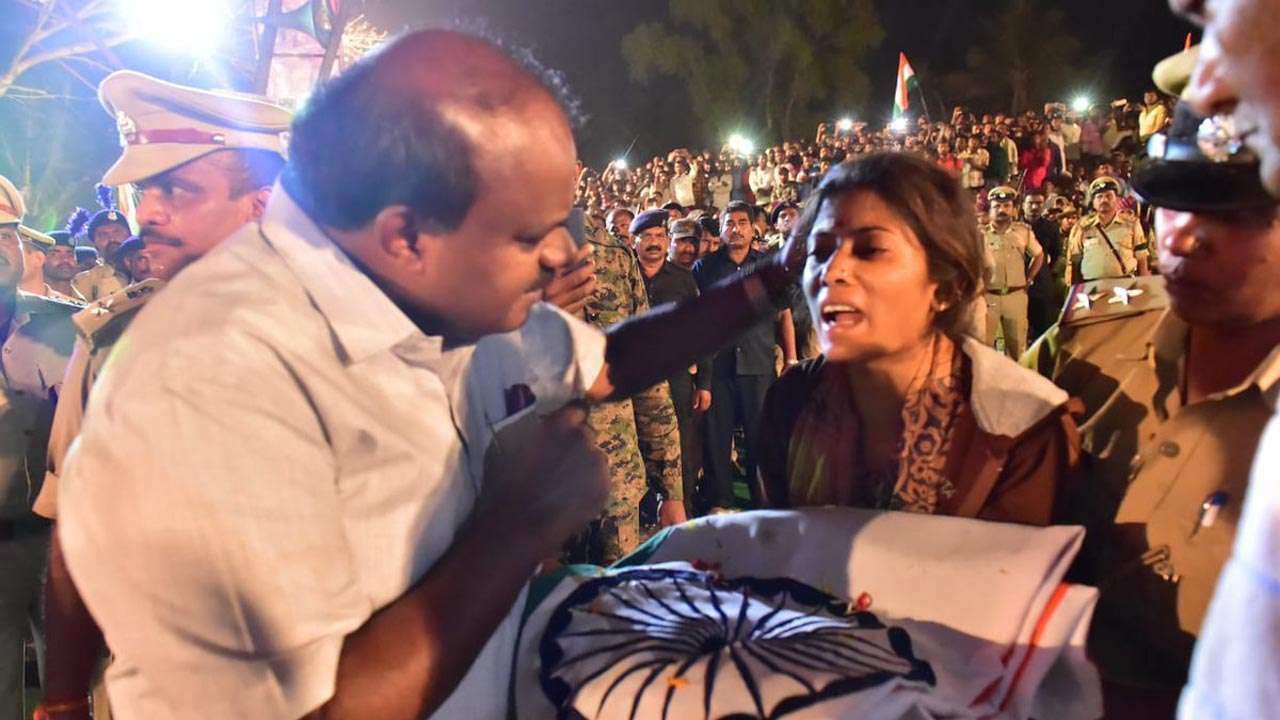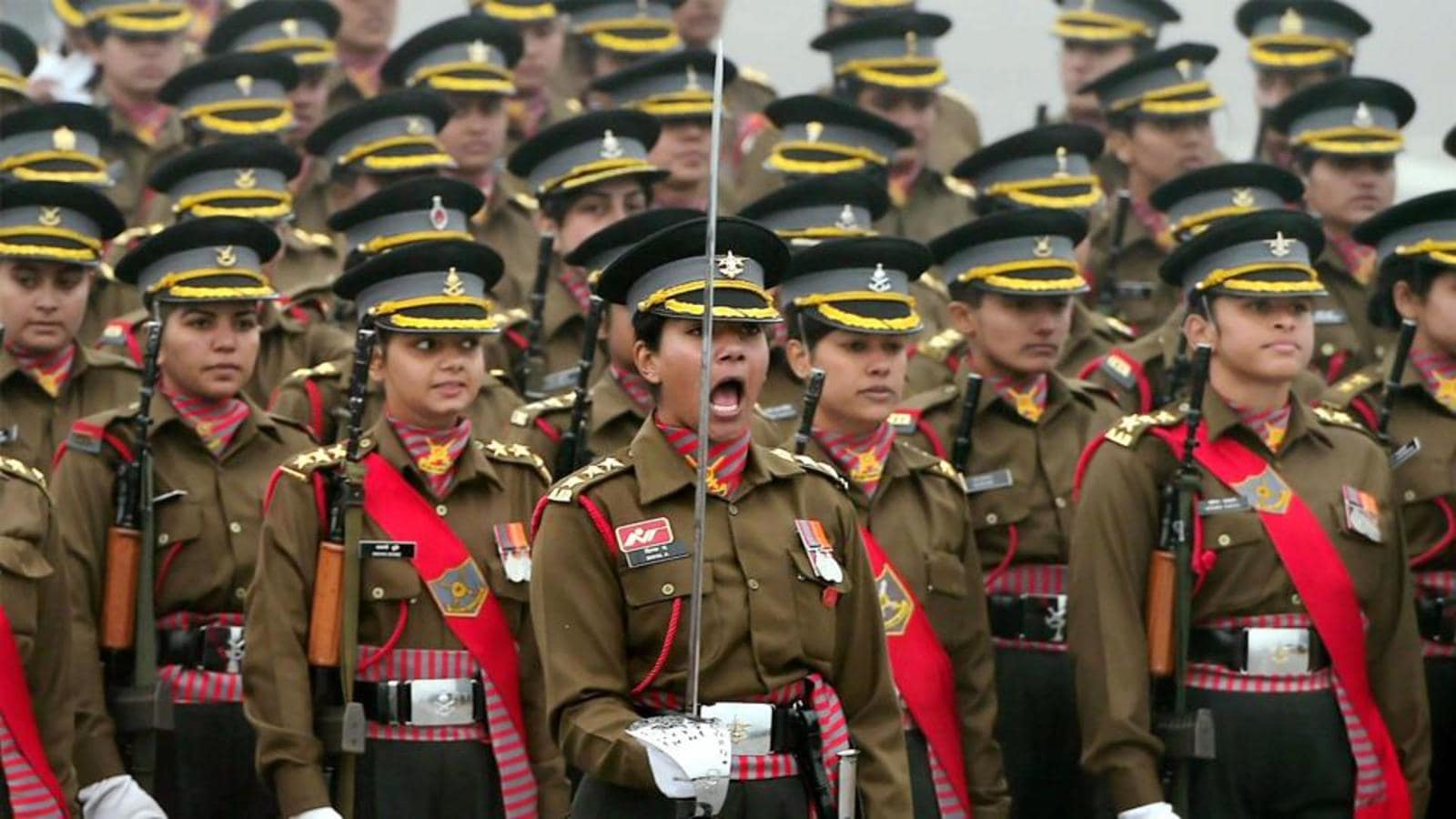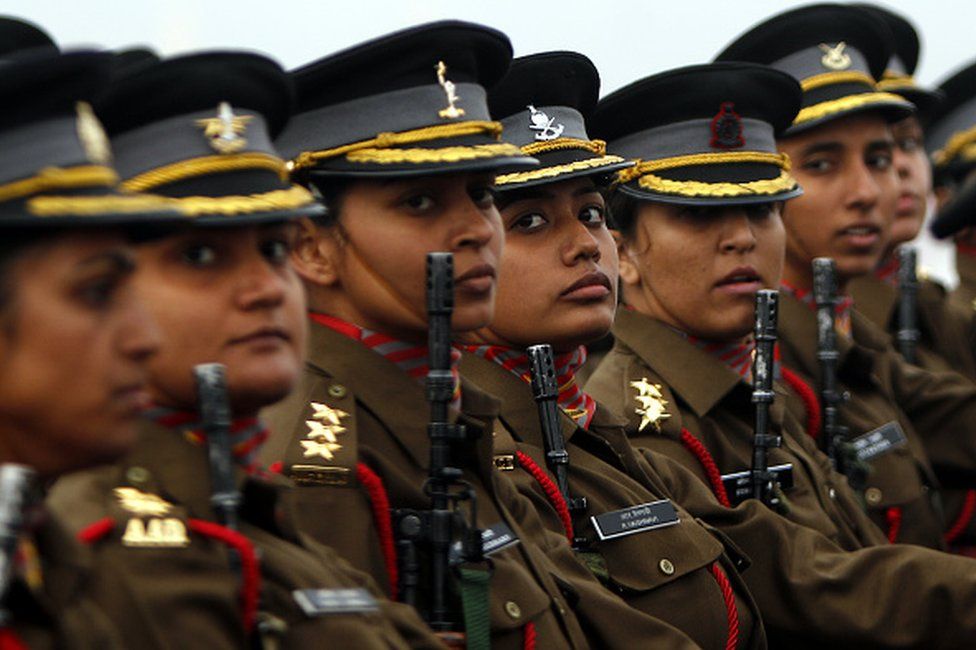Aaja beti lele phere, Yoh margaya toh aur bhaatare (come daughter get married, if this one dies, there are more) – Funshawe and Purser, 1880. This proverb was first recorded in the 19th century colonial Punjab signifying the widespread acceptance of widow remarriage which probably goes back further in history.
In 2017, an archaic rule was changed about the terms and conditions of the release of army widow pension. It rules down the necessity of remaining unmarried or going for a levirate marriage and “live a communal life with the living eligible heir” for the war widow to have an access over the pension and compensation provided by the state.
This was hailed as a progressive change which was then taken as a synonym of the new era modernity. Then came the year 2019, and a virulent encounter in Pulwama, Kashmir left 40 CRPF jawans dead. On 28 February 2019, two weeks after the death of her husband H Guru in the encounter, his widow Kalavathi, called the cops to complain against her husband’s family who were allegedly pressurising her to marry Guru’s younger brother so that the pension and the compensation money stays within the family.

Kargil widows and compensation demeanor
Never before in India, had war widows gotten this unprecedented recognition and compensation in terms of monetary help. This enabled them to avail a benefit close to rupees 25 to 30 lakhs. This sudden change of their pecuniary value whether altered their social position and agency or not can be a matter of debate. But a study on the socio-cultural and ethnic varsities of the Kargil War Widows by Leena Parmar brings on to focus the rampant overdoing of the levirate marriage.
She concludes in her study that 100 per cent of the war widows interviewed replied in the affirmative when asked whether or not they were forced to marry their brothers-in-law for the money to remain within the family. The relationship shared between the army as an organized institution and women is consumed in a labyrinth of hyper masculinity where the former is the protector and the latter is a subject to be protected.
While the government of India had sanctioned permanent commission of women in the army in 2008, it was not before 2015 that it got practically promulgated. But even the long, tense training period in the National Defense Academy seemingly cannot mould them enough to take on active combat roles. This discrimination is based on the insinuation of gender roles which consider women as subordinate
The widows who become a third organ in the composite relationship between the army and the jawans, are eventually left to fight for their own existence in this difficult domesticity. While the celebration of the jawan is endowed in his absence in mortal figure, the women become an epitome of courage and purity only through their loss and lack. The existence of the widow as an independent being with physical, sexual and domestic desires is denied, superfluously camouflaging it under a bold and underlined banner of that of a dignified widow of a deceased army jawan.
This glorification of women as a brave yet vulnerable is axiomatic with several connotations related to the Bharat Mata, who is powerful enough to protect her children while being fragile enough in the same breath to be protected by her children. Needless to say, the children are always constructed in an alpha male mould.
Also read: SC Busts Gender Stereotypes In Indian Army: A Feminist Victory

Perception of women in the army
While the government of India had sanctioned permanent commission of women in the army in 2008, it was not before 2015 that it got practically promulgated. But even the long, tense training period in the National Defense Academy seemingly cannot mould them enough to take on active combat roles. This discrimination is based on the insinuation of gender roles which consider women as subordinate.
The underlying question behind the masquerading parade of selfless love and chastity drawn upon women by the society and the state, is whether there is any escape from the social conformities which makes their presence felt even after laws are struck down and sometimes new laws are made, to ‘accommodate women‘ according to the perspectives of men
Vice Chief Lieutenant General Pattabhiraman’s remark on fellow women officers – “we can do without them”, substantiates the cultural configuration of the army. Fighting is a man’s job and as long as women abide by the rules and habituate themselves in the comradeship left and rendered over them by the men, they are allowed for the less risky jobs. Although many a times, this comradeship levies sleazy sexualized jokes, not to forget the steady rise in the allegations about sexual harassment in the army.
Among the prominent ones, in 2008, Captain Poonam Kaur of army supply corps posted at Kalka, Haryana, accused her seniors, including her commanding officer of “sexually and mentally harassing” her. In the same year Captain Neha Rawat, a signal officer posted in Leh, in Ladakh, filed a statutory complaint about misconduct by the general officer commanding the Leh division.

The weaponisation of sexual violence in the heavily militarised zone of Kashmir is also appropriated on the gender lines fortified and celebrated over the years. One of the most horrifying among the several hundred reported and underreported sexual violence cases is the Kunan Poshpora mass rape incident which happened on 23rd February 1991.
In a patriarchal collaboration, rape acts as an infringement on gender roles and how men fail in their role as a protector, thus bringing shame upon them. The entire scenario of outraging a woman’s modesty boils down to the perpetual, violent, psychic engagement between male groups trying to prove their suzerainty.
Therefore, to this point, the whole idea of equality and democracy remain suspended in the structural overview of women in general in the army. The underlying question behind the masquerading parade of selfless love and chastity drawn upon women by the society and the state, is whether there is any escape from the social conformities which makes their presence felt even after laws are struck down and sometimes new laws are made, to ‘accommodate women‘ according to the perspectives of men.
Also read: Capt. Dr. Lakshmi Sahgal: Officer Of The Indian National Army | #IndianWomenInHistory
References
Women in the Army : Prem Chowdhry
Kargil War Widows: Question of Compensation and Remarriage By Leena Parmar
Sayantani is a student of English literature and an occasional freelance journalist. She loves to write on gender, politics and how they both intersect with each other




